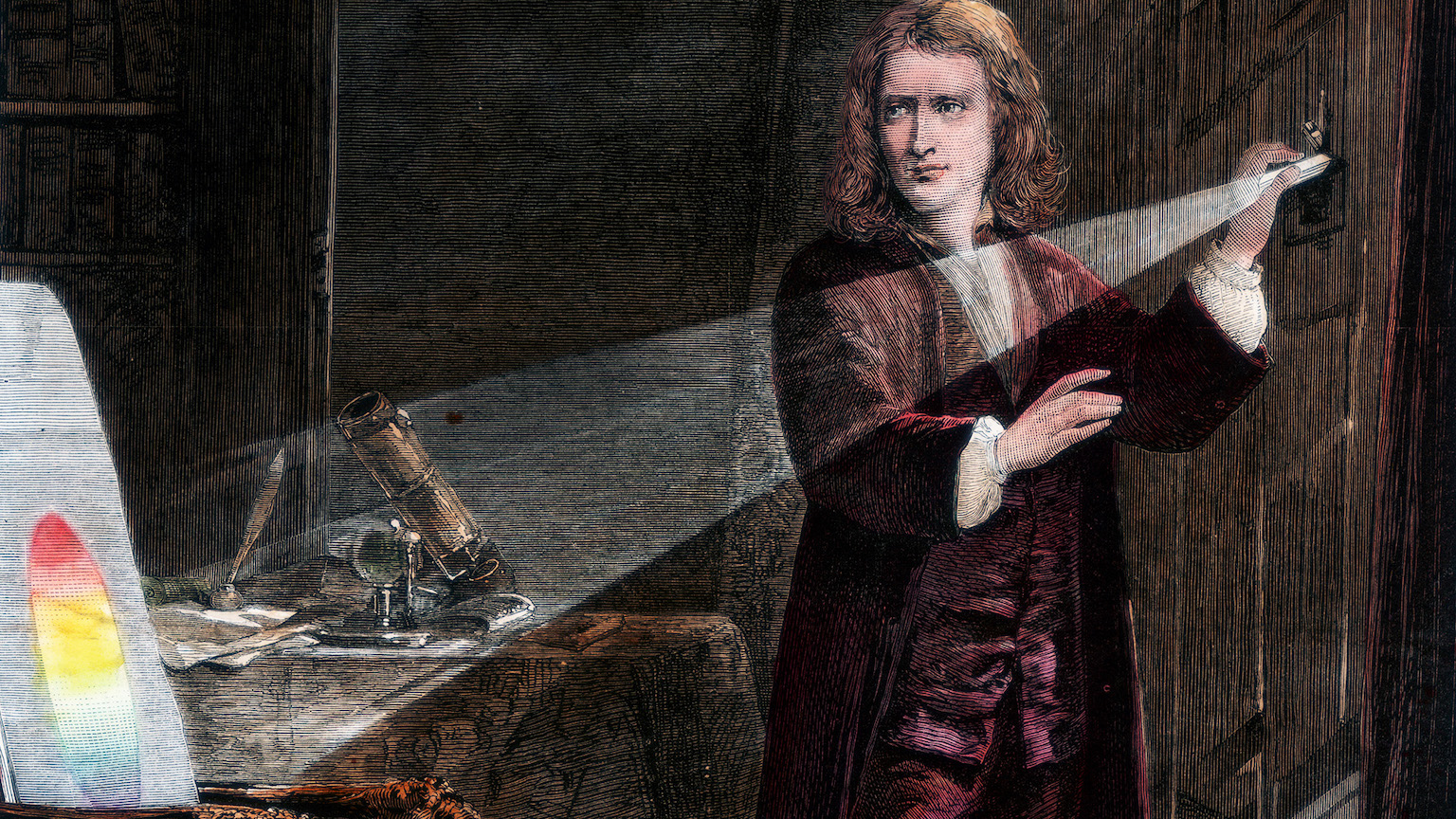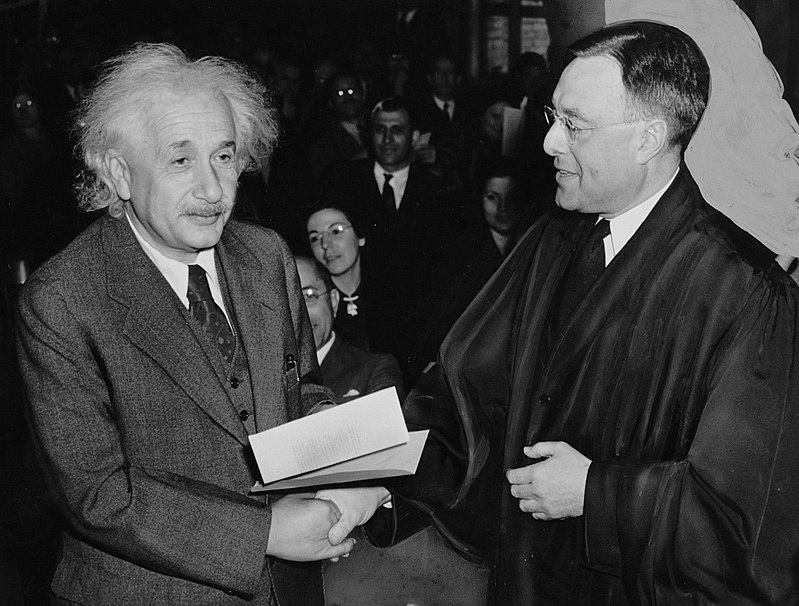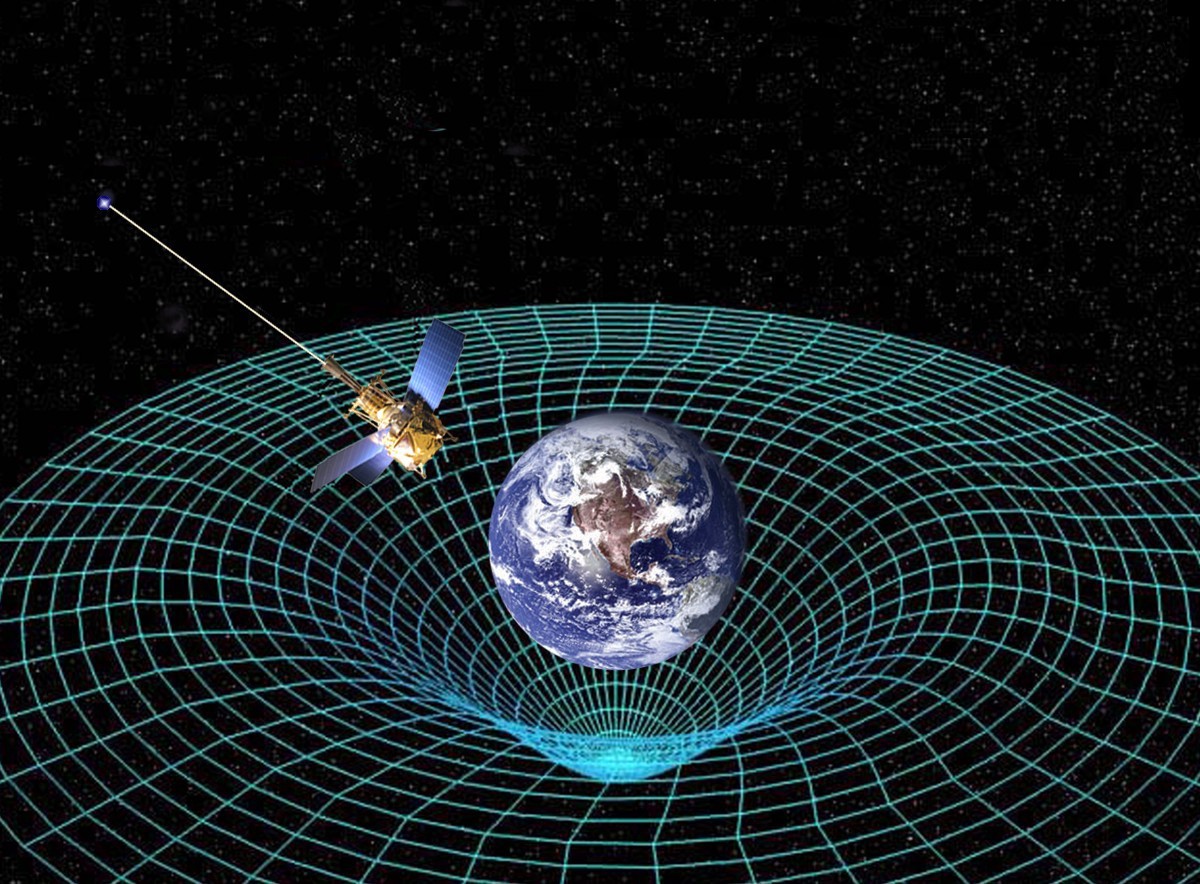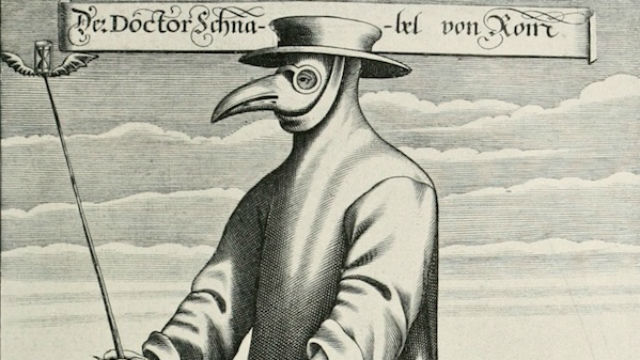Throughout history, pandemics allowed geniuses to flourish

- Pandemics have been a constant and devastating presence in humanity’s history. But it’s not all about loss.
- From Petrarch and Boccaccio to Galileo and Newton, some of the greatest works of art and science were created during, and often because of, a pandemic.
- Those luminaries lifted the human spirit beyond the awful challenges of their times and continue to inspire us to persevere and remain creative.
As we begin a new year — and a third year enshrouded in the COVID-19 pandemic — tempers are running short and frustration is mounting. A lot of loss and pain have happened and continues to happen, as we wonder how it is possible that we can send a giant space telescope to peruse the birth of the first stars some 13 billion years ago but still cannot figure out how to end this affliction. We could, of course, be way ahead of the game if people were less divided in the ways they deal with the crisis. We do have the vaccine, after all, and know that masking protects those around you from contamination. But people are complicated, and the mix of helplessness, anger, political polarization, and scientific illiteracy is explosive.
Given the heaviness of it all, perhaps it would do us some good to look at other pandemics from the past to explore what they gave us. Pain, loss, and the forced seclusion that come during pandemics have nurtured some of the greatest works of the Western canon, both artistic and scientific.
The Black Death of the 14th Century
Francesco Petrarch, the Italian poet and scholar, lived through the deadliest pandemic in recorded history, the Black Death, which killed an estimated 200 million across Europe, Asia, and North Africa from 1346 to 1353, periodically returning in new waves for decades after. This is also when Petrarch’s friend Giovanni Boccaccio wrote his Decameron, one hundred tales to entertain desperate Florentines who fled to the countryside to protect themselves.
The Renaissance would soon burst in Italy, finding its early voice through the sufferings of the plague as related by Petrarch. “The year of 1348 left us alone and helpless,” he wrote in his Familiar Letters. We forget how easy it is for us to use our devices to communicate with family and friends across vast distances from the safety of our homes. To Petrarch and Boccaccio, all had to be done in person or in writing with uncertain delivery, forcing a solitude we cannot even contemplate. A letter not answered could mean the death of the intended recipient. Still, Petrarch found solace in writing letters to friends and bringing back to life the great thinkers of Greek and Roman antiquity, as they made the absent present (as Cicero famously wrote). And in creating immortal works of art through poetry and prose, he inspired and nurtured his readers through the difficult dynamics of living and dying.
17th century plague galvanized Galileo
At the end tail of the Renaissance, almost 300 years after Petrarch, the plague was back in Italy, courtesy of the Thirty Years’ War that devastated central Europe. This is the time of Galileo’s confrontations with the Roman Inquisition, as he insisted in pushing forward his Copernican worldview that the sun, not the earth, was at the center of the solar system. His book Dialogue Concerning the Two Chief World Systems offered a very biased discussion on the arrangement of the planets, clearly favoring a sun-centered cosmos.
In 1630, a Dominican friar supportive of Galileo’s views granted approval to the manuscript, after some revisions. This is when the plague hit Italy again, forcing people to curb their traveling and isolate in place. Galileo saw an opportunity. He managed to get the manuscript shipped from Rome to his home in Florence, but in separate parts. Seeing the approval from the censors in Rome, the censors in Florence rubber-stamped the process, and the book went to print even before the last parts arrived in Florence.
When the pope saw the end result, he was furious. Galileo had added a requested revision by admitting that God, through a miracle, could make the sun go from east to west every day. (It’s not the sun that moves, but the earth that rotates.) But he did so in a mocking way, an affront the pope was not ready to swallow in a time of confrontation between Catholics and Protestants. The book was censored and Galileo forced to abjure his heliocentric view of the cosmos. Still, copies of the book leaked out of Italy, and the Copernican revolution took flight.
Thank the plague for calculus and physics
Then, in 1665, now in England, the plague forced the young Isaac Newton to flee from his studies at the University of Cambridge to his mother’s farm in Woolsthorpe, where he stayed for two years. Yes, there were apple trees on this farm. During those two years, Newton’s genius exploded with a force that is hard to fathom. He made full use of a mastery of mathematics probably unrivaled by anyone in Europe at the time to create with unprecedented originality what would become transformative works in the history of science, which early biographers called the anni mirabilis (“marvelous years”). Newton himself recalled later:
“In the beginning of the year 1665 I found the method of approximating series and the rule for reducing any power of any binomial into such a series. The same year… in November had the direct method of fluxions [what we call differential calculus today, which was independently invented by Gottfried Leibniz in Germany] and the next year in January had the theory of colors and in May following I had entrance into the inverse method of fluxions [integral calculus]. And the same year I began to think of gravity extending to the orb of the Moon and… from Kepler’s rule of the periodical times of the planets being in sesquialterate [three-halves power] proportion of their distance from the center of their orbs, I deduced that the forces which keep the planets in their orbs must be reciprocally as the squares of their distances from the centers about which they revolve; and thereby compared the force requisite to keep the Moon in her orb with the force of gravity at the surface of the Earth, and found them answer pretty nearly. All this was in the plague years 1665-1666. For in those days I was in the prime of my age for invention and minded mathematics and philosophy more than any time since.”
In summary, during these two plague years, Newton laid down the foundations of differential and integral calculus, the theory of light and color, the laws of motion, and the universal theory of gravity. Not bad for a 23-year-old student.
From Petrarch to Newton, we learn to celebrate the human spirit that, in the darkest of times, launches itself up toward that rarefied place of creative freedom safely beyond the endless battle between life and death.





